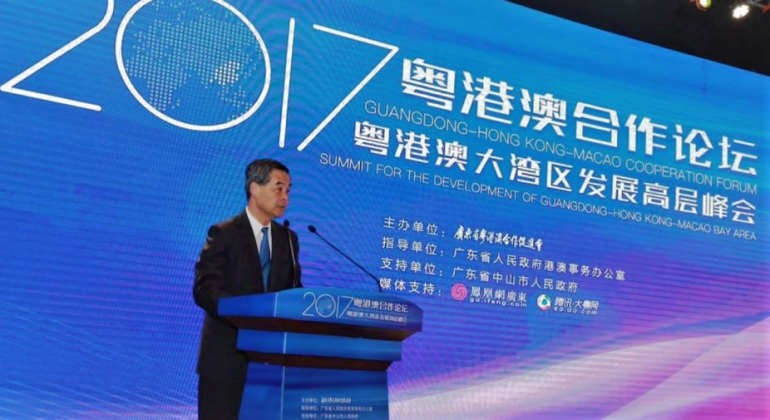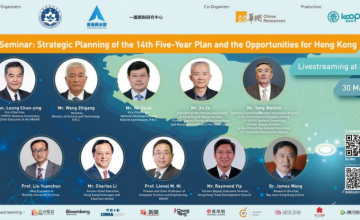 GBA Smart Transportation Inter-school Challenge
GBA Smart Transportation Inter-school Challenge
A week ago, Guangdong Province indicated they have outlined their Greater Bay Area Development Plan. The State Council is expected to approve the project in the near future and is now working hard to push forth the 100 pilot projects constructed for the Greater Bay Area.
The Greater Bay Area development can be split into two phases, the second phrase consisting of three levels. The first phase is government-to-government (G2G) work on planning. Through hard work between the Mainland and cities within the Greater Pearl River Delta, the first phase can be completed in a short time.
The second phase has three levels and needs the help of commercial and industrial sector (including financial and professional sector) to implement planning goals and transform such policy measures into economic and social benefits. The three levels are distinguished by business-to-government (B2G), business-to-business (B2B) and business-to-consumer (B2C). These three levels all need the collective efforts of Hong Kong’s business sector. Their work consists of organizing government negotiations between the Central government and Guangdong Municipal government. Moreover, they actively seek for cooperation with Guangdong province’s enterprises, and are enthusiastic about opening up the Greater Bay Area market, striving to have around 60 million high purchasing power consumers.
This afternoon, I met with staff from the Belt & Road Hong Kong Centre and government officials from Guangdong province to talk about how to exhibit the potential of the two area’s business sector, do a good job in the early stages of operation, receive gains from the initial construction, and exchange opinions.




